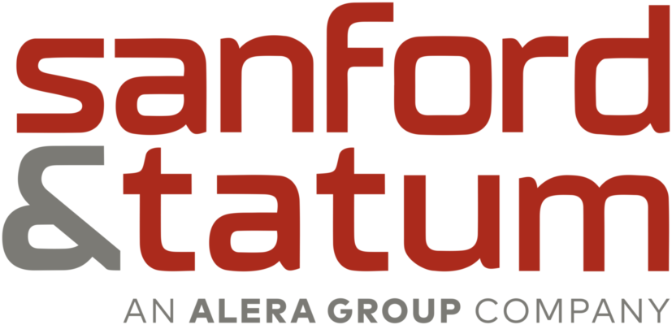
Covered Perils Under Basic and Broad Forms of Commercial Property Policies
A business’s property is essential to its operations, so property losses can create substantial disruptions. Securing commercial property insurance is integral to a company’s risk management plan. Such insurance offers vital financial assistance to repair or replace commercial buildings, structures and their contents if they are damaged or destroyed by covered perils.
Businesses have options when choosing which type of commercial property insurance best fits their needs. Policies are generally available on an “open perils” or “named perils” basis. Both types of coverage have policy limits stipulating the maximum amount they will pay out per covered loss. While an open perils policy covers losses created by all perils unless they are specifically excluded, a named perils policy only covers the perils listed in the insurance contract. Named perils policies are available under two forms, basic and broad, with broad providing more comprehensive coverage.
It’s essential for business owners to know what’s covered under both these forms when choosing types of commercial property insurance. This article details the coverage provided by basic and broad forms of named perils policies.
Basic Form
The basic form typically includes coverage for 11 named perils:
- Fire poses the largest risk of large or total property loss for most insureds. “Friendly fires,” or those intentionally set for a beneficial purpose (e.g., fireplace), generally are not covered.
- Lightning is a naturally generated electrical discharge that manifests as a lightning bolt or atmospheric discharge.
- Explosion perils include “combustion explosion” or “furnace explosion” (i.e., the sudden ignition of gases or fuel within a furnace, flue or passage of a fired vessel).
- Windstorms or hail are perils generated by hurricanes, tornadoes, cyclones and other storms.
- Smoke may be covered if the losses it causes are sudden and accidental.
- Aircraft or vehicle perils refer only to property damage or losses caused by the physical contact of aircraft, spacecraft, self-propelled missiles or vehicles.
- Riots or civil commotion perils include actions taken by striking workers occupying the insured’s premises and losses from looting during a riot or civil commotion.
- Vandalism refers to willful and malicious damage to or destruction of insured commercial property. Sprinkler leakage perils include the escape of any substance (e.g., water, carbon dioxide, extinguishing agents) from an automatic sprinkler system and the collapse of a tank that is part of the system.
- Sinkhole collapse perils mean damage or losses caused by the sudden sinking or collapse of land into underground empty spaces made by water’s effects on limestone or dolomite.
- Volcanic action perils refer to the direct loss or damage from volcano eruptions when the loss or damage is caused by airborne volcanic blasts or shock waves, ash, dust, particulate matter or lava flow.
Broad Form
The broad form of named perils policies expands on the causes of losses listed in the basic form by providing coverage for the following perils:
· Falling objects—Such perils include decayed tree limbs (unaided by wind), meteors and adjacent buildings; however, damage or losses to personal property in the open are not covered.
· Weight of snow, ice or sleet—However, losses or damage to personal property outside of buildings or structures or to lawns, trees, shrubs or plants that are part of a vegetated roof are not covered.
· Water damage (from appliance leakage)—This type of peril includes damage or losses from accidental discharges or leakage of water or steam as the result of the breaking apart or cracking or any aspect of a plumbing, heating, air conditioning or other system or appliance that is located on the insured premises and contains water or steam.
Moreover, the broad form includes additional coverage for collapses of buildings and personal property due to specific causes, such as the weight of snow, ice and rain.
Conclusion Businesses should carefully evaluate their risks and insurance needs when choosing commercial property insurance policies. A licensed insurance professional can assist in securing an insurance portfolio that offers the coverage that best fits their business.
For more coverage insights, contact us today.
This Coverage Insights is not intended to be exhaustive nor should any discussion or opinions be construed as legal advice. Readers should contact legal counsel or an insurance professional for appropriate advice. © 2024 Zywave, Inc. All rights reserved.

Discussion
There are no comments yet.